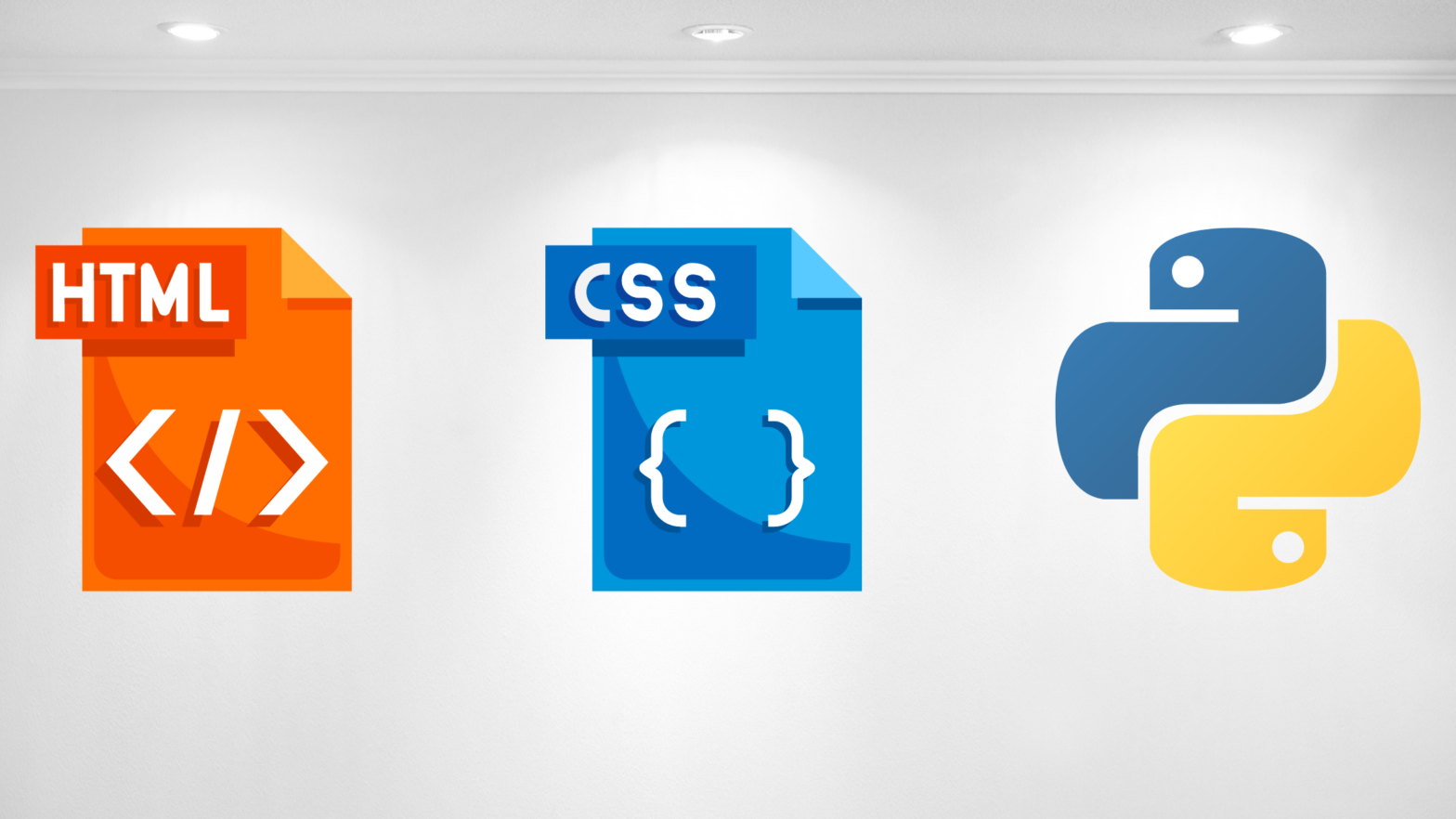What’s the difference between HTML, CSS, and Python?
That’s a good question. Maybe not the one you want to ask your programming buddies unless you want a “Duhh!” reaction and no answer. Or on an online forum, lest you get told it’s a duplicate topic and you should use the search form.
It’s also an important question to ask—especially if you’re new to web development and you’re just getting acquainted with the languages involved. That’s why it’s good that you stop by here because we’re about to give you an explanation that’s free from B.S. and without any programmer’s ego.
What’s the Difference Between HTML, CSS, and Python?
HTML is a markup language and CSS is a stylesheet language. The two are used for structuring and styling the information on websites. Python, on the other hand, is a programming language that’s used in data science, machine learning, and web development.
When it comes to the difference between these three web development languages, the main thing to keep in mind is that HTML and CSS are not really programming languages. Because of that, they can only be used to create static websites.
Python is a programming language. You can use it to create dynamic websites. (If we really want to be specific, Python is a scripting language; it needs an interpreter to parse its code and translate it into machine-readable instructions.)
A “static” website, in case you’re coming across the term for the first time, is one whose content doesn’t change. A “dynamic” website is one whose content can change and is displayed differently by the user, the day, or the page view.
What Can You Do With HTML/CSS?
If you know how to write HTML and CSS, you can make:
- Static menus for bars, restaurants, and clubs
- Static websites, sales funnels, and landing pages
- HTML email templates for email marketing platforms
- HTML documents out of Adobe XD mockups or PSD files
The uses of HTML/CSS are rather limited, at least when compared to other languages, since HTML was developed to give web pages a structure, and CSS shortly thereafter to give those web pages a style.
We’ve written about the possibilities and limitations of HTML/CSS in a post titled “Can You Get a Job With HTML/CSS?”. If you want to know the details, you should definitely stop by here.
What Can You Do With Python?
If you know how to code in Python, you can:
- Analyze and visualize data
- Create machine learning algorithms
- Program dynamic websites or web applications
- Create scripts for automating tasks
As with any other general-purpose programming language, Python’s uses are limited only by the needs of the business, the ingenuity of the programmer, and the appetite of the sponsor.
With that said, most of the Python programming language’s uses fall into one of three categories: data analytics, machine learning, and application development—whether for the web or not.
Should I First Learn Python or HTML/CSS?
Wondering whether you should learn Python or HTML/CSS first?
To give you the long story short, it really comes down to what you’re looking to achieve professionally for yourself. At least as I write this article right now, in August 2022, I can think of three situations.
Say you want to get into machine learning and artificial intelligence. You should absolutely learn Python first, and, depending on the projects you will be involved in, there’s a high chance you may not even need to touch HTML and CSS in your daily work!
Suppose you want to get into data analytics. Here too, Python is the language you want to learn (and master) first. HTML and CSS may only be useful if you want to create good-looking reports for your analyses.
Now if you want to become a web developer, the picture is kinda different. Here, it makes sense to learn HTML/CSS—the bread and butter of the trade—and only then move on to “real” programming languages like Python or JavaScript.
In Conclusion
HTML/CSS are a markup and stylesheet language for creating static web pages. Python is a general-purpose programming language that can be used to create dynamic web pages, but its uses also expand into data analytics and machine learning.

